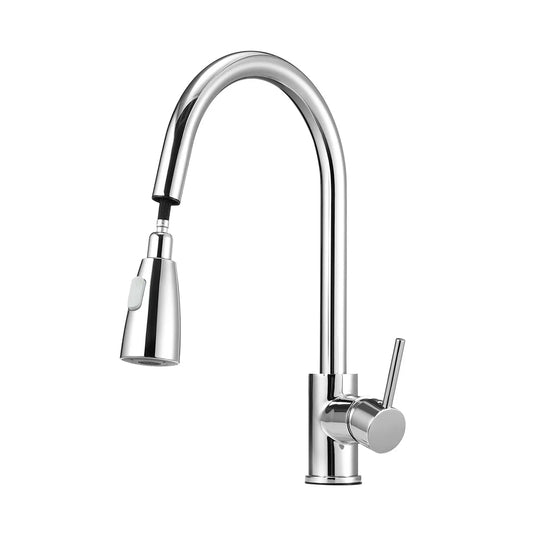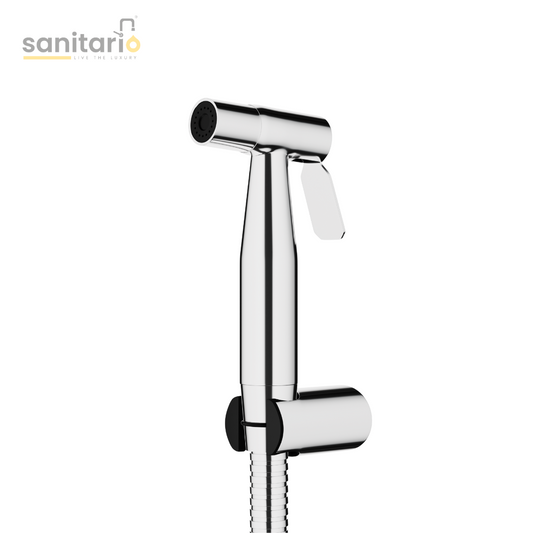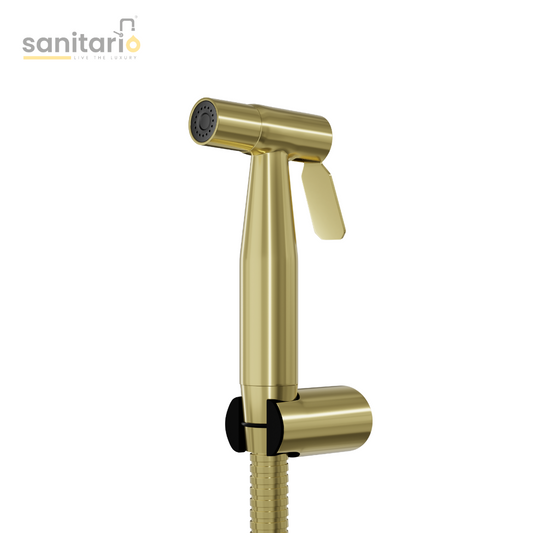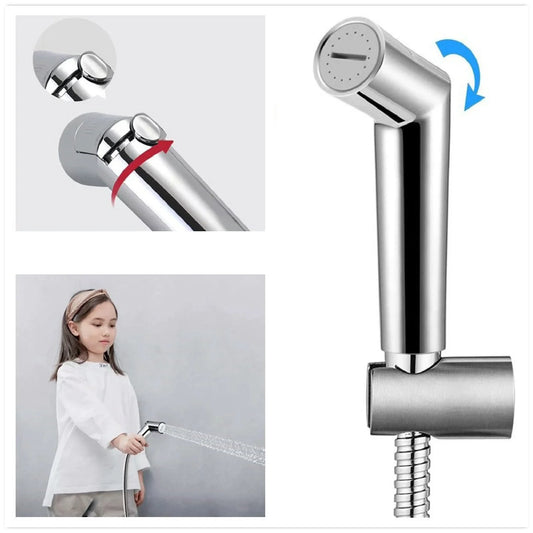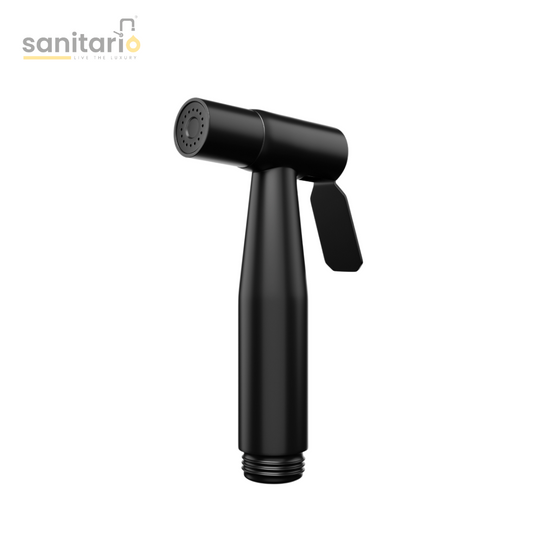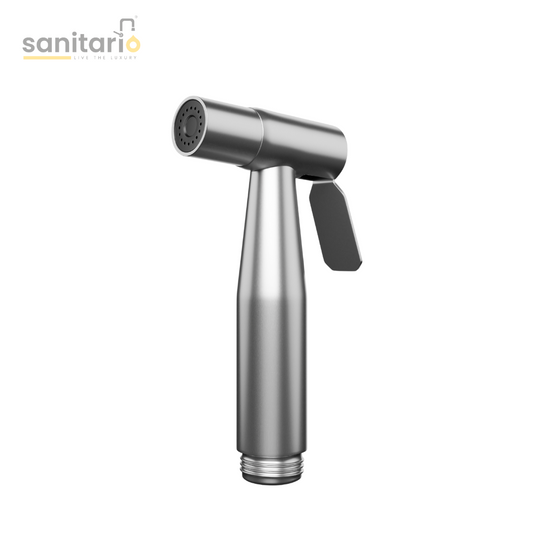The Role of Faucets in a Sustainable Home Design

In the pursuit of sustainable living, every aspect of home design plays a crucial role, and smart kitchen faucets are no exception. Beyond their functional purpose, faucets can significantly impact a home's overall sustainability. In this exploration, we delve into the various ways in which faucets contribute to sustainable home design, covering water efficiency, material choices, and mindful maintenance practices that align with eco-friendly living.
1. Water-Efficient Faucets: Reducing Water Consumption
Water efficient faucets play a central role in sustainable home design by reducing water consumption. Look for faucets with the WaterSense label, indicating compliance with water efficiency standards set by the Environmental Protection Agency (EPA). These faucets use advanced aerators and technologies to maintain water pressure while minimizing water flow. By installing water-efficient faucets, homeowners not only conserve water but also lower their utility bills, making it a practical and eco-conscious choice for sustainable living.
2. Touchless Technology for Hygienic and Efficient Water Use
Incorporating touchless technology into faucets enhances both hygiene and water efficiency. Sensor-activated faucets eliminate the need for physical contact, reducing the risk of germ transmission. Additionally, they often come with preset water flow durations, preventing unnecessary water wastage. Touchless technology aligns with sustainable home design by promoting efficient water use and supporting a hygienic environment, especially in high-traffic areas like kitchens and bathrooms.
3. Material Choices: Opting for Sustainable and Durable Materials
The materials used in faucet construction contribute to the overall sustainability of the fixture. Opt for faucets made from sustainable materials such as recycled brass or stainless steel, which have a lower environmental impact. These materials not only reduce resource depletion but also enhance the durability and longevity of the faucets. Choosing faucets with finishes that are free from harmful chemicals aligns with eco-friendly practices, ensuring that the entire lifecycle of the faucet is considerate of environmental well-being.
4. Maintenance Practices for Longevity
Sustainable home design extends to the maintenance practices applied to faucets. Regular inspection and prompt repair of leaks or drips prevent water wastage and contribute to the longevity of the faucet. Lubricating moving parts, such as handles and spouts, ensures smooth operation and reduces the need for replacements. Mindful cleaning using eco-friendly products prevents damage to the faucet's finish and promotes a sustainable approach to home maintenance. These practices not only preserve the functionality of the faucet but also minimize the environmental impact associated with premature replacements.
5. Dual-Function Faucets: Maximizing Efficiency
Dual-function faucets, which offer both aerated and spray modes, contribute to water efficiency by providing versatility in water flow. The aerated mode maintains water pressure while reducing overall consumption, making it ideal for tasks that do not require a strong flow. The spray mode, on the other hand, enhances efficiency in tasks like dishwashing. By incorporating dual-function faucets into home design, homeowners can adapt water flow to specific needs, optimizing efficiency and minimizing water wastage.
6. Rainwater Harvesting Faucets: Harnessing Natural Resources
Innovative sustainable home design includes rainwater harvesting systems, and faucets can be integrated into this eco-friendly approach. Rainwater harvesting faucets connect to systems that collect and store rainwater for non-potable uses, such as irrigation or flushing toilets. By utilizing rainwater, homeowners reduce their dependence on traditional water sources, conserving valuable resources and lowering their environmental footprint. Integrating rainwater harvesting faucets into home design showcases a commitment to harnessing natural resources responsibly.
7. Smart Faucets: Technological Solutions for Efficiency
The advent of smart technology has introduced faucets equipped with sensors, touchless controls, and programmable features. Smart faucets contribute to sustainable home design by allowing users to monitor and control water usage through mobile apps. Some smart faucets offer features like leak detection and water temperature control, providing homeowners with real-time insights into their water consumption. By incorporating these technological solutions, homeowners can actively engage in water conservation efforts and promote sustainability in their daily routines.
8. End-of-Life Considerations: Recycling and Responsible Disposal
Sustainable home design involves considerations not only during the faucet's use but also at the end of its lifecycle. Choose faucets from manufacturers with recycling programs or consider donating old faucets to organizations that repurpose building materials. Responsible disposal ensures that faucets do not contribute to landfill waste and that their materials can be recycled or reused. Considering the entire lifecycle of faucets aligns with the principles of sustainable home design, promoting a circular economy and minimizing environmental impact.
Conclusion
Faucets play a vital role in sustainable home design, offering opportunities for water conservation, responsible material choices, and eco-friendly practices. By selecting water-efficient faucets, incorporating touchless technology, choosing sustainable materials, and adopting maintenance practices that prioritize longevity, homeowners can contribute to a more sustainable living environment. Innovations such as dual-function faucets, rainwater harvesting systems, and smart technology further enhance the efficiency and eco-consciousness of faucets in modern homes. As homeowners embrace sustainable choices in every aspect of home design, faucets become integral contributors to a greener and more environmentally conscious lifestyle.



